Getting pregnant is all about chance. Here are some things you should know about your chances of pregnancy in your 30s and 40s
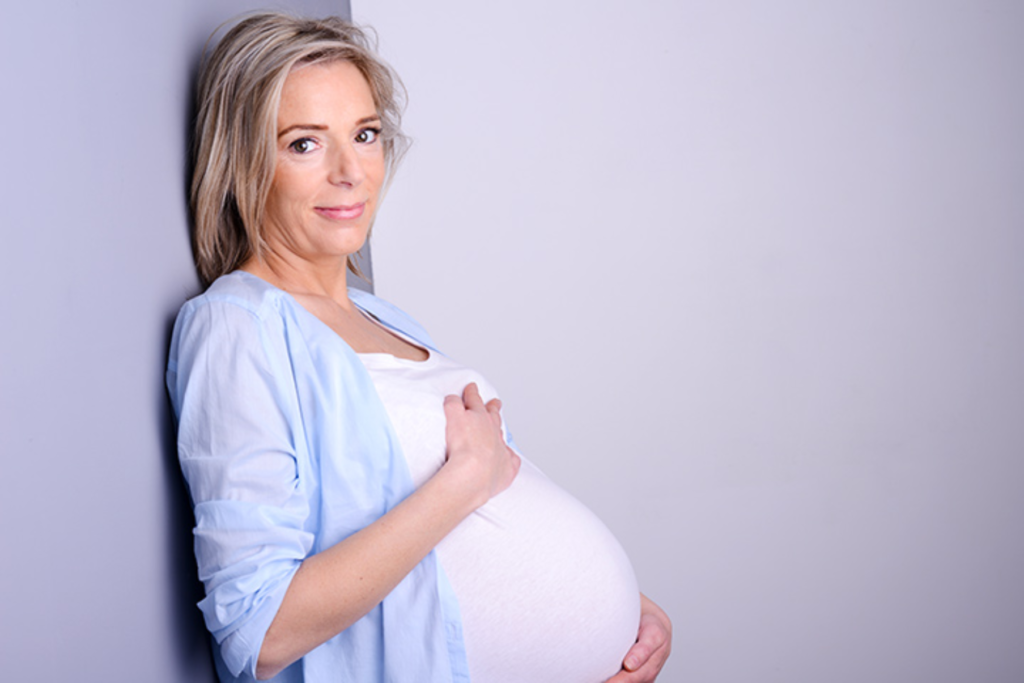
When I was pregnant with my third baby, Sage, it was considered a ‘geriatric pregnancy’. That was because I was 38 at the time of conception. I laughed at the thought of being considered “geriatric” at 38 years young. And to be honest, I was shocked that a pregnancy in your 30s is thought of as ‘high risk’.
The truth is, it wasn’t my plan to have a geriatric pregnancy at all. Because my husband and I had been trying for a couple of years with no luck. Then, when I finally became pregnant, I miscarried at 13 weeks + 6 days. I was completely devastated. And also a little bit worried. Because we’ve all heard some version of the widely cited statistic that “1 in 3 women after the age of 35 will not be able to get pregnant naturally”. Also this one, “the chance of a miscarriage is higher after 35”.
I wanted to know how much truth are actually in these statements. So, I dove into the research about the chances of a natural pregnancy in your 30s and 40s. Here’s what I learned.
Getting Pregnant Is A Numbers Game
Turns out, getting pregnant at any age is always a chance event. Of course, there will be some women who get pregnant the first time they try. And there will be some women who are able to get pregnant naturally at age 45. While other women will endure fertility issues in their late 20s. Whatever the case, getting pregnant is always going to be about beating the odds.
Let’s look at the numbers and what you need to know about pregnancy in your 30s and 40s.
1. Your Chance of Pregnancy Only Slightly Declines in Your Late 30s
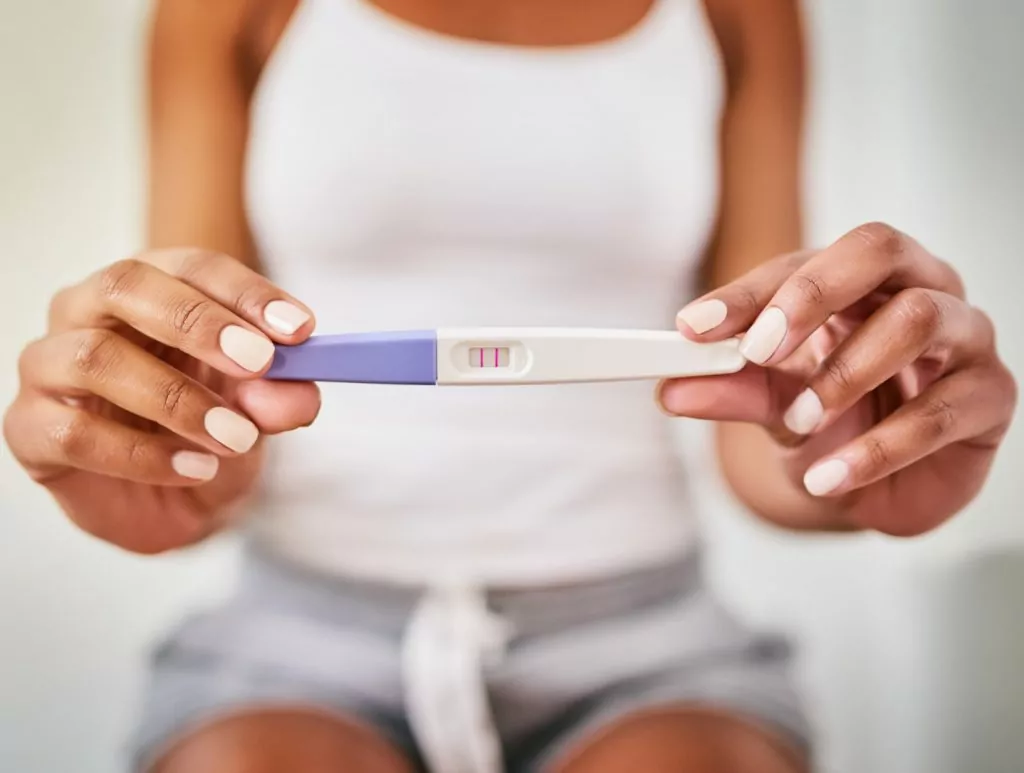
Image subject to copyright.
A study was conducted that examined a women’s chances of becoming pregnant in her late 30s. The results showed that, on average, a woman in her late 30s has a 20 – 25% chance of conceiving per cycle. That number seems low until you learn that, in the same study, women in their late 20s and early 30s have 25 – 28 % chance of conceiving per cycle. Meaning that the chances of pregnancy for women in their late 20s and late 30s are almost the same. Which was news to me because I, like many women, have heard that a woman’s fertility drastically declines after age 35.
The reason fertility doesn’t change much for a woman in her late 20s to her late 30s is because in every menstrual cycle, there is an optimal window of conception.
In other words, there is only a 6-day window in which pregnancy can happen. This window opens 5 days before ovulation and closes the day after ovulation. And this is true no matter what age you are.
While it is true that there is a drop in your chances of getting pregnant in your late 30s compared to when you were in your late 20s. But there isn’t a huge drop until after age 40, as shown in another study. In this study the researchers followed 2,820 women who were trying to get pregnant. They found that among women having sex during their fertile window, 78 % of 35 to 40 year olds got pregnant within a year. While it was only slightly higher at 84% for 20 to 34 year old women.
So yes, fertility does decrease with age. But the difference in pregnancy rates at age 28 versus 38 is about 4%. Which is not too steep of a decline.
2. Sex Timing Is Everything.
With the good news that fertility only slightly declines in your late 30s, there is an important factor to keep in mind. In both these studies, women were having sex during their fertile window.
Meaning that having sex during your fertility window ups your chances of getting pregnant.
And so, each time you have sex in your fertile window when trying to conceive – essentially rolling the proverbial fertility dice – you are upping your chances of getting pregnant. This also means that if you have sex multiple times within your fertile window, you are rolling the dice multiple times. Thus, raising your total chances of getting pregnant.

Properly timing the days you have sex is especially important if you are in your late 30s. In the second study mentioned above, the success rate of getting pregnant drops to about 72% when sex happens outside your fertility window. Meaning, if you are not having sex within those 6 days around ovulation, it may take you longer than a year to get pregnant. In fact, if you are in your late 30s, your most fertile day is 1 to 2 days before ovulation.

Image may be subject to copyright.
So, it may not be the most romantic to have to take out the spontaneity of sex. But tracking and scheduling sex around ovulation, during your fertile window, will greatly up your chances of conceiving. Especially if you are in your late 30s and most certainly if you are in your early 40s.
3. Keep Trying If Pregnancy Doesn’t Happen Within A Year
Here’s the thing every woman should remember: trying to get pregnant takes time. If it doesn’t happen when you want it to, continue to try and be patient. Because the fact is, women in their late 30s have about 70 – 80% chance of conceiving within the first year of trying. An additional 10 – 15% of these women will conceive within their second year of trying.
Overall, that is about 90% of women in their late 30s who get pregnant within 2 years of trying. That is pretty good odds. So don’t give up if it doesn’t happen within a year.
4. Getting Pregnant Is Only The First Hurdle
There are some studies that have shown that most fertility problems are not linked to age. In fact, there are some health issues that can cause difficulties getting pregnant at any age. Issues such as blocked fallopian tubes and endometriosis (I discussed in detail here) actually strike both younger and older women. And so, the chances of becoming pregnant may not differ so much from your late 20s to your late 30s.
With that said, however, there is a difference in the rate of miscarriages in your late 20s compared to your late 30s. Your chance of pregnancy loss before 20 weeks in your 20s and early 30s is about 10 – 15%. That is, the pregnancy will end in miscarriage. In your late 30s though, your risk of miscarriage begins to climb steeply. The rate of miscarriage at the age of 35 is about 20%, rising to 32 – 41% between the ages of 38 to 42 years. And potentially reaching over 60% by the age of 45.

Image may be subject to copyright.
Common Cause of Miscarriages
Most miscarriages happen in the first trimester. And the most common cause of early pregnancy loss is due to a problem with the fetus’ chromosomes. Essentially, chromosomes contain the genes that determine your baby’s traits (which I discuss in detail here). Traits such as hair and eye colour. When there is an abnormality with the number of chromosomes, the fetus can’t develop normally.
If you are in your early 20s you may have a 17% chance of having a pregnancy with a chromosomal abnormality. But this percentage jumps to nearly 80% in your early 40s. This is why the risk of Down’s syndrome and other chromosomal disorders rise with age.
Essentially, your risk goes from less than 1 in 900 in your 30s to 1 in 180 at 35. But then it steeply increases to 1 in 60 in your 40s.
The reason for this rise in chromosomal abnormalities with age has more to do with egg quality, not so much egg quantity. Unfortunately, there is no real way to know or test egg quality other than actually fertilizing an egg and then, screening the embryo (which is the fertilized egg).
Egg Quality Matters More Than Egg Quantity
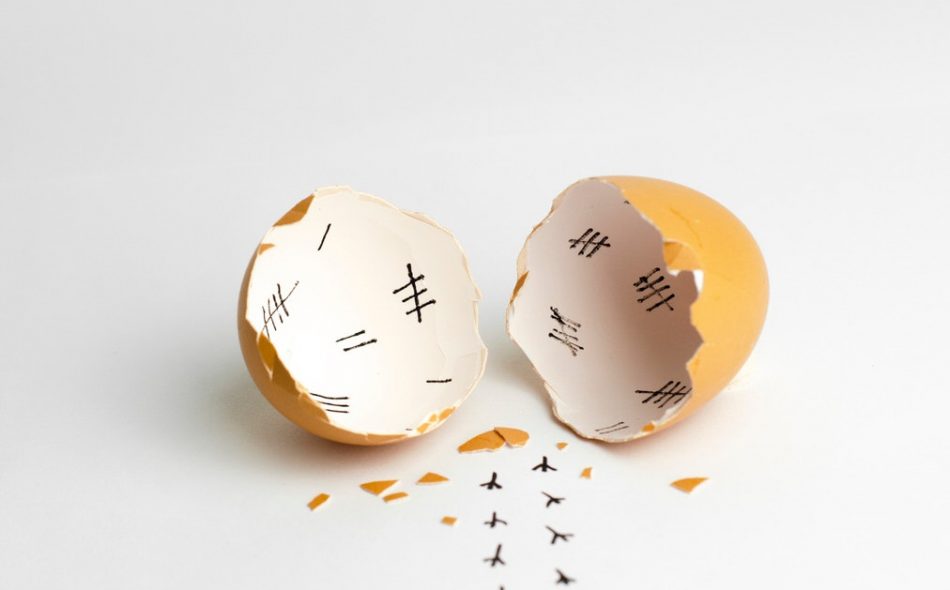
Image may be subject to copyright.
What is known, however, is that the older you are, the higher chance of genetically abnormal eggs you will make. This translates to a lower pregnancy success rate. All women, even those in their 20s, have some genetically abnormal eggs. But the ratio of abnormal eggs skyrockets starting from age 35 to early 40s where about 60% of your eggs will be genetically abnormal.
The problem with that is that genetically abnormal eggs are less likely to get fertilized and implant in the uterine lining. But, if against all odds, an abnormal egg does get fertilized and implanted, there is a higher chance that it will result in early miscarriage.
This is the main reason that fertility declines as a woman ages. Not so much because she can’t get pregnant. But rather, after getting pregnant, it is difficult to maintain the pregnancy to term.
This was confirmed by this study that tracked in vitro fertilization (IVF) success rates. The study showed that if you are in your early 40s undergoing IVF, your rate of a successful pregnancy is higher when embryos are screened for chromosomal abnormalities before being transferred. The success rate goes from 15 -19% for unscreened embryos to 45% for screened embryos.
So, how do you increase your odds of getting pregnant and also, having a successful pregnancy to term in your 30s and 40s?
5. Diet And Lifestyle Matters
Before I discuss how to improve your odds of pregnancy in your 30s and 40s, let’s talk about your eggs and ovaries. As I mentioned in my previous post, you are born with all the eggs you will ever have. For most of your life, your eggs simply sit in a waiting pool, called ovaries, in an immature stage. Once you hit puberty, one of your eggs get recruited and start maturing for ovulation. If the recruited egg is not fertilized, you get your monthly menstrual period.
And for the longest time, it was assumed that the eggs remaining in your ovaries degrade as you age. But this is actually false. In fact, your eggs will remain in excellent quality as long as they are in your ovaries.
Whereas your reproductive hormone levels and ovarian environment will deteriorate noticeably as you get older. As a result, a healthy immature egg living inside a poor ovarian environment with low hormone levels will not be able to develop and mature properly. Thus, end up being poor quality by the time ovulation occurs.
This suggests that improving your ovarian environment as you age could potentially help maintain egg quality. Ultimately, leading to better pregnancy outcomes as you age.
So, how do you maintain egg quality and improve your chance of pregnancy in your 30s and 40s?
1. Eat a higher fat diet
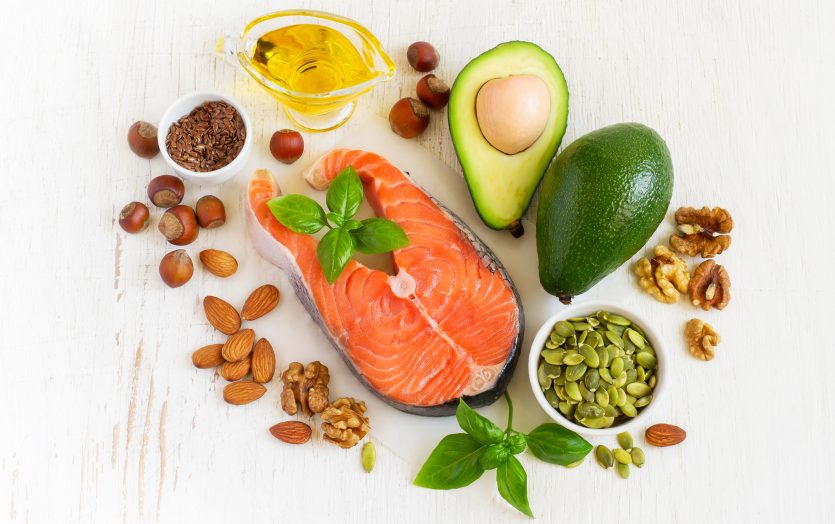
Here’s the thing, our bodies require various vitamins and minerals to perform our basic bodily functions. I have discussed in detail the essential nutrients every women needs daily to keep her body functioning optimally – read it here. This is especially important when preparing your body for pregnancy. Eating a diet higher in essential healthy fats, like omega-3 fatty acids, can aid in the balance and production of key reproductive hormones. These hormones include estrogen, progesterone, and testosterone. And they are essential for maintaining healthy ovaries.
However, your reproductive hormones naturally start to decline as you approach your 40s. Because this is the age where some women start to see signs of menopause, such as low estrogen levels.
To help slow down the drop in reproductive hormones, a diet higher in healthy fats may potentially increase the production of your reproductive hormones . All of which are necessary to get pregnant. And also, to maintain a successful pregnancy.
Foods high in healthy fats, such as omega-3 fatty acids, include salmon, nuts, avocados, flax seeds, chia seeds, and olive oil.
2. Quit smoking

Smoking has a huge effect on your fertility. That is because the carcinogens in cigarette smoke can accumulate in your follicular fluid. This has been shown to directly damage ovarian follicles. As a result, your ovaries go through changes that resembles an ‘aging ovary’. So much so that smokers have been shown to enter menopause an average of 1 – 2 years earlier than non-smokers.
In turn, smoking creates an ovarian environment that makes it difficult for your eggs to develop and mature properly. Thus, decreasing the quality of your eggs and potentially leading to genetically abnormal eggs.
Additionally, smoking during pregnancy raises your risk of miscarriage by about 30%.
So, if you are trying to up your odds of getting pregnant in your 30s and 40s, quit smoking before trying to conceive. But also, stay away from smoking and second-hand smoke if you are pregnant.
3. Limit heavy alcohol consumption
Heavy alcohol consumption can wreak havoc on your overall health. I discuss this in detail in my microbiome post – read it here. Studies have shown that women who have 7 or more drinks per week or more than 3 drinks on one occasion are more likely to have irregular periods. This, in turn, can translate to fertility problems. In addition, alcohol has been shown to decrease reproductive hormone production. Thus, leading to low quality eggs and affecting ovulation.

On top of alcohol impeding your chances of getting pregnant, if you happen to get pregnant, continuing to consume alcohol may result in miscarriage. And more, drinking alcohol during pregnancy can affect the development of the fetus. Which can lead to Fetal Alcohol Spectrum Disorder (FASD).
Fetal Alcohol Spectrum Disorder is a lifelong disability that affects the brain and the body of babies who were exposed to alcohol while in mom’s womb.
As such, it is highly recommended to avoid alcohol altogether while trying to conceive. And especially if you are pregnant because there is no known safe dose of alcohol during pregnancy. And the effects of alcohol to the fetus may begin as early as immediately after implantation.
The Bottom Line
Getting pregnant isn’t as easy as we thought when we were in our 20s. It’s all about chance and there are no guarantees. Not even if you are in your early 20s.
While it is true that your pregnancy odds are in your favour the earlier you start. It doesn’t mean you can’t get pregnant if you decide to do so later on in life.

If you decide to wait and are worried about your chances of pregnancy, there are new reproductive technologies – like freezing your eggs and IVF – that can offer you more time. More importantly, these advancements can also help increase your odds of getting pregnant and having a successful pregnancy if you are in your late 30s or early 40s.
Your reproductive choices are yours (and your partner’s) alone. It is a deeply personal matter and you have to make the right choice for you in your own time. And understanding your odds can empower you to make informed decisions.

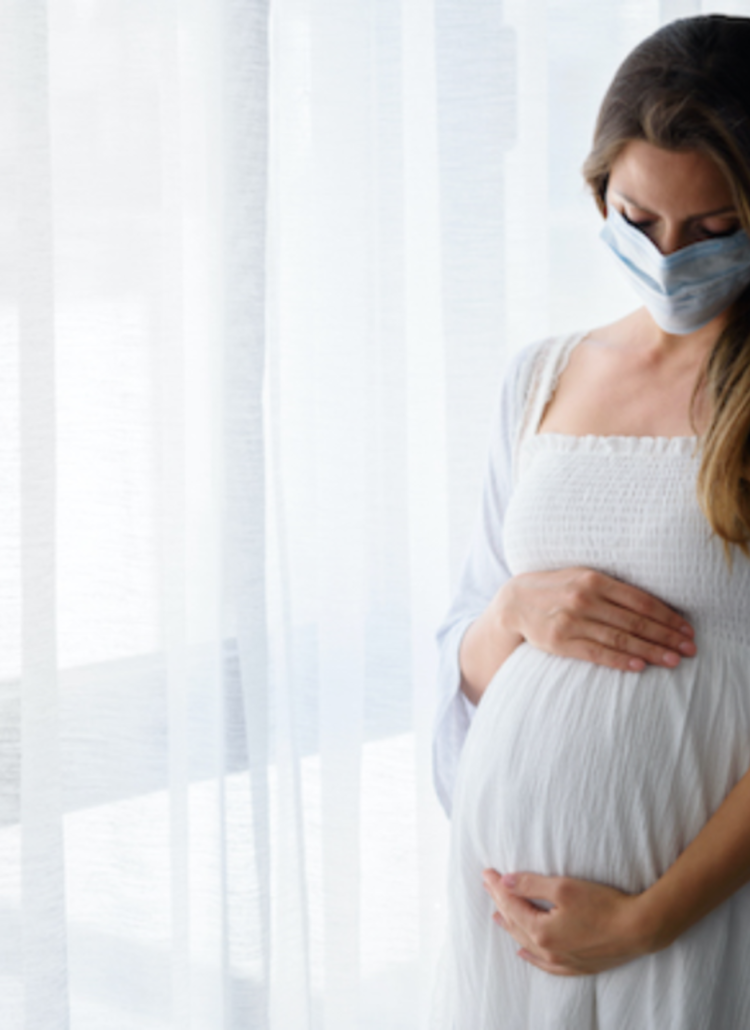
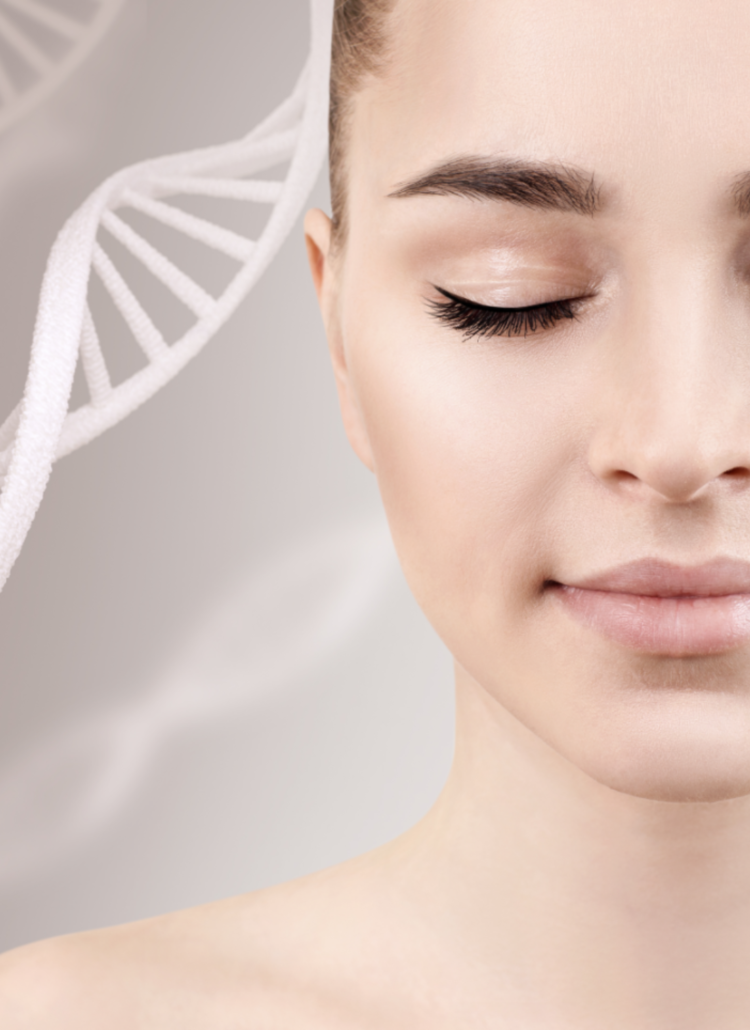
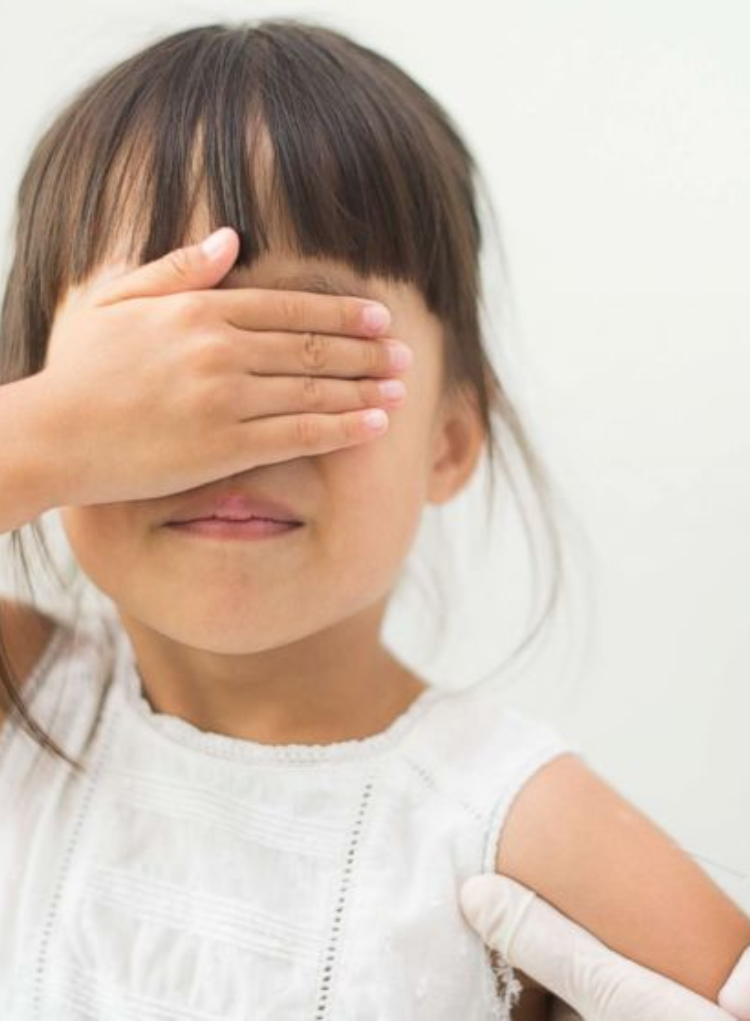
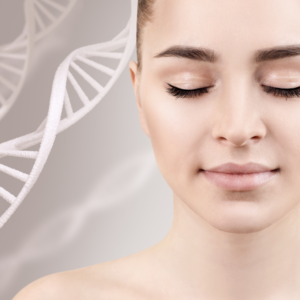

[…] start getting your period, you may not be ovulating. As I mentioned, your reproductive hormones, estrogen and progesterone, controls your menstrual cycles and your […]